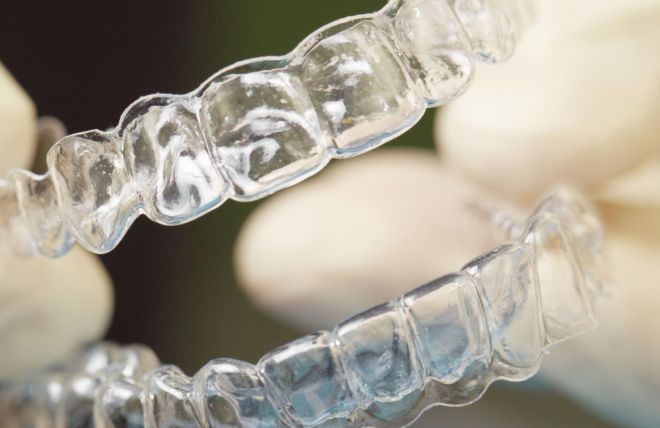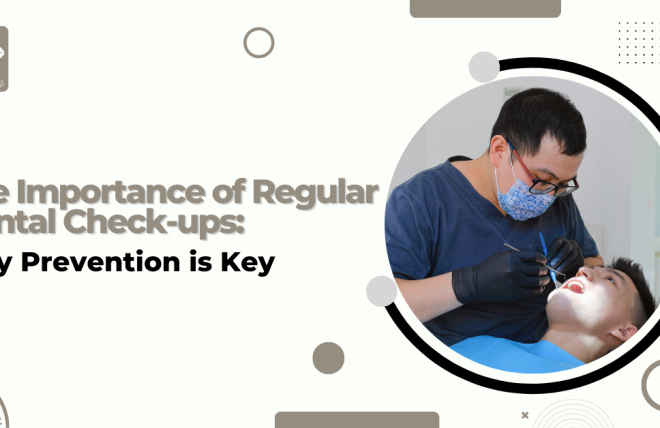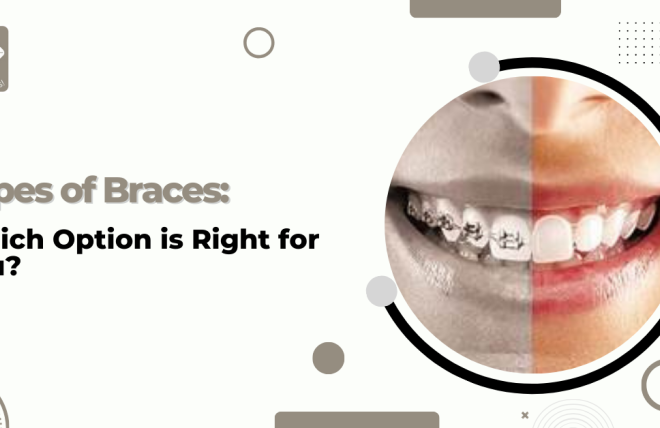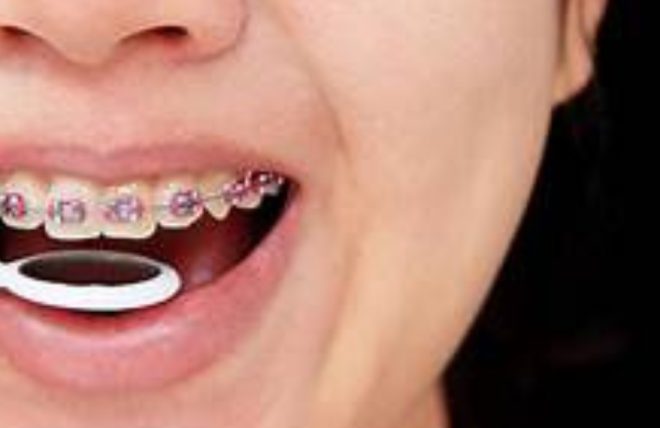A beautiful smile isn't just about aesthetics; it can be a powerful force for confidence. It can light up a room, spark conversation, and leave a positive impression that lasts. But if you're longing for a straighter, healthier smile and considering orthodontic treatment, that first step – the initial consultation – can feel overwhelming. In this blog, we'll guide you through what to expect during your initial consultation, providing you with the knowledge to feel prepared and ask informed questions.
The Orthodontic Team and Environment
Your first visit at an orthodontist near me will likely involve introductions to the orthodontic team. Aside from the orthodontist, you might meet dental assistants, hygienists, and treatment coordinators. The staff will likely be friendly and welcoming, aiming to put you at ease. Don't hesitate to ask questions throughout the consultation.
The orthodontic office itself may have a different feel compared to a general dentist's office. Look for features that cater to orthodontic patients, such as models showcasing different treatment options or displays with before-and-after photos.
Consultation and Discussion of Goals
The consultation is your chance to discuss your smile goals with the orthodontist. Be open about your desired outcome, whether it's purely cosmetic, related to bite problems, or a combination of both. The orthodontist near me will also be interested in any concerns you have about your teeth, such as difficulty chewing or speaking.
Reviewing Your Dental History
The orthodontist will likely ask you to fill out a questionnaire about your dental and medical history. Be prepared to share information about any medications you're taking, past dental procedures, and any jaw problems you've experienced. This information helps the orthodontist assess your overall health and suitability for orthodontic treatment.
Examination of Your Teeth and Mouth
The orthodontist near me will perform a thorough examination of your teeth and mouth. This may involve:
-
Visual examination: The orthodontist will closely examine your teeth, bite, gums, and jaw for signs of crowding, gaps, misalignment, or other issues.
-
Oral hygiene assessment: The orthodontist will assess your oral hygiene habits and may recommend a professional cleaning if necessary.
-
Dental X-rays: X-rays provide a detailed view of your teeth and jawbone, allowing the orthodontist to assess root structure, bone density, and any underlying problems. Panoramic X-rays capture your entire mouth in one image, while cephalometric X-rays provide a side view of your facial profile.
-
Dental Impressions: Impressions, often referred to as moulds, are taken of your upper and lower teeth. These impressions are used to create 3D models of your teeth, which help the orthodontist develop a personalised treatment plan.
Treatment Options
After the examination and imaging, the orthodontist will discuss potential treatment options based on your individual needs. Here's a glimpse into the possibilities:
Invisalign
Invisalign has revolutionised orthodontic treatment by offering a virtually invisible and removable alternative to traditional braces. Instead of metal brackets and wires, Invisalign utilises a series of clear, custom-made aligners made from smooth, BPA-free plastic. These aligners gradually shift teeth into the desired position over time.
Features and Benefits:
-
Invisibility: One of the most appealing aspects of Invisalign is its discreet nature. The aligners are nearly invisible when worn, making them a great option for individuals who prefer a more subtle approach to orthodontic treatment.
-
Removability: Unlike traditional braces, Invisalign aligners can be easily removed for eating, drinking, brushing, and flossing. This feature offers greater convenience and flexibility in daily life.
-
Comfort: The smooth plastic material of Invisalign aligners tends to be more comfortable than traditional braces, with less irritation to the gums and cheeks.
-
Predictability: Invisalign treatment typically involves a series of aligners, each slightly adjusted to continue the teeth-straightening process. This method allows for precise control and predictable results.
-
Ease of Maintenance: Since the aligners are removable, maintaining oral hygiene is relatively straightforward. There are no dietary restrictions, and cleaning the aligners is as simple as brushing them with lukewarm water.
Damon Braces
Damon braces represent a modern twist on traditional orthodontic braces. They feature a unique self-ligating design that eliminates the need for elastic or metal ties. Instead, the brackets themselves hold the archwire in place, allowing for smoother and more efficient tooth movement.
Features and Benefits:
-
Faster Treatment: Damon braces are often associated with shorter treatment times compared to traditional braces. The self-ligating mechanism allows for more efficient tooth movement, reducing the number of adjustments needed.
-
Comfort: The absence of elastic or metal ties means less friction and pressure on the teeth, resulting in a more comfortable experience for the patient.
-
Reduced Maintenance: Since Damon braces utilise a self-ligating system, there is less hardware to adjust and maintain during treatment. This can lead to fewer visits to the orthodontist near me and less overall inconvenience.
-
Improved Oral Hygiene: With fewer components and no need for elastic ties, keeping Damon braces clean is easier compared to traditional braces. This can help prevent issues like plaque buildup and tooth decay.
Ceramic Braces
Ceramic braces are similar in design to traditional metal braces but feature clear or tooth-coloured brackets and wires, making them less noticeable.
Features and Benefits:
-
Aesthetic Appeal: The main advantage of ceramic braces is their discreet appearance. The clear or tooth-coloured brackets blend in with the natural colour of the teeth, making them a popular choice for individuals who desire a more subtle orthodontic option.
-
Effective Treatment: Like traditional metal braces, ceramic braces are capable of correcting a wide range of orthodontic issues, including crowded teeth, gaps, and misaligned bites.
-
Durability: Despite their more delicate appearance, ceramic braces are quite durable and can withstand the forces involved in orthodontic treatment.
-
Customisation: Ceramic braces can be customised to match the shade of the patient's teeth, further enhancing their aesthetic appeal.
Caring for Your Teeth During Treatment
The orthodontist near me will provide detailed instructions on how to properly care for your teeth and braces or aligners during treatment. This includes brushing and flossing techniques to maintain good oral hygiene and prevent cavities. You will also be informed about potential dietary restrictions or adjustments needed to avoid damaging your braces or aligners.
Scheduling Your Next Appointment at Orthodontist Near Me
Before leaving, the treatment coordinator will likely schedule your next appointment. This may involve the initial placement of braces or aligners, or it could be a cleaning and check-up appointment, depending on the treatment plan.
Making an Informed Decision
The first consultation is an opportunity to gather information and weigh your options. You are not obligated to commit to treatment immediately. Take some time to review the treatment plan, consider the financial aspects, and discuss it with family members if needed. The orthodontist near me will likely provide informational brochures or online resources to help you learn more about different treatment options. At AlignDent, we're passionate about creating beautiful smiles and transforming lives. Call us at (7777877311) to schedule your appointment!




